What is the difference between alpine docker image and busybox docker image ?
When I check their dockfiles, alpine is like this (for Alpine v3.12 - 3.12.7)
FROM scratch
ADD alpine-minirootfs-3.12.7-x86_64.tar.gz /
CMD ["/bin/sh"]
FROM scratch
ADD busybox.tar.xz /
CMD ["sh"]
But as https://alpinelinux.org/about/ says
Alpine Linux is built around musl libc and busybox.
So what is exactly the difference ?
I am also curious that many docker images, (nodejs/nginx/php just name a few) provide images based on alpine but not on busybox. Why is that ? What is use case for busybox image then ? I need to emphasize that I am not looking for an answer about why A is better than B or vise versa or software recommendation.
I have been experiencing intermittent DNS lookup failure for my alpine docker, as here musl-libc - Alpine's Greatest Weakness and here Does Alpine have known DNS issue within Kubernetes? said. That is one of reasons I asked my question.
PS, https://musl.libc.org/ says "musl is an implementation of the C standard library built on top of the Linux system call API" and https://en.wikipedia.org/wiki/Alpine_Linux mentioned
It previously used uClibc as its C standard library instead of the traditional GNU C Library (glibc) most commonly used. Although it is more lightweight, it does have the significant drawback of being binary incompatible with glibc. Thus, all software must be compiled for use with uClibc to work properly. As of 9 April 2014,[16] Alpine Linux switched to musl, which is partially binary compatible with glibc.
